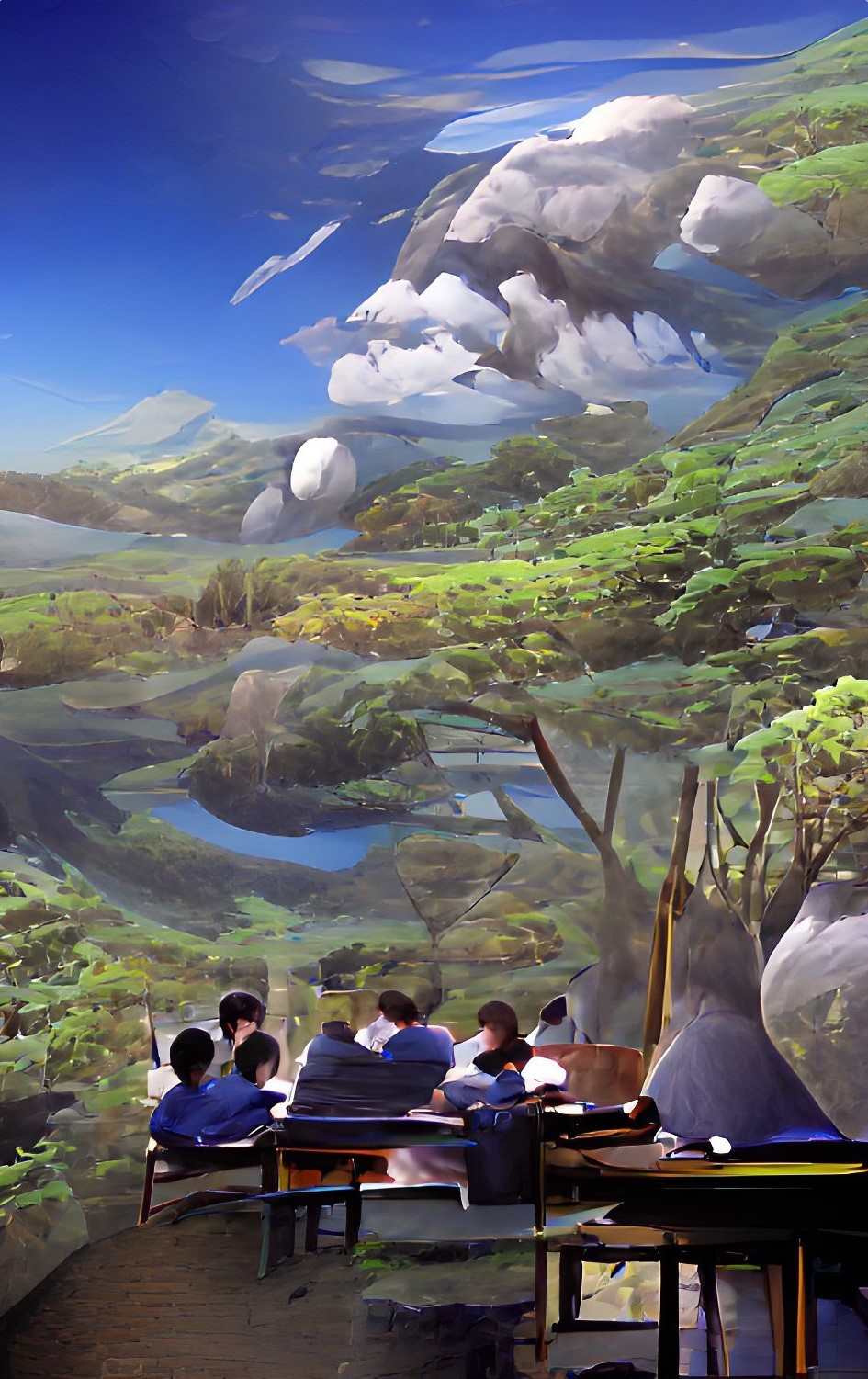This is it. The last of the trees that blow in the wind. The last of whose leaves fall in the autumn and grow in the spring. This is all that’s left of what once covered the lands and offered us the sweet breath of life as they inhaled our toxicity and suffered our ignorance.
What happened in our quest for knowledge? When did we go astray and reach the brink of nature’s existence? How did technology forge its way so deeply into our homes, our schools, our lives that we overlooked the hold it had taken on us?
The trees have all but been destroyed, leaving only a sparse few in museums for the rich to admire, and in textbooks for the children to inquire about. The televisions broadcast images of forests unknown, evoking questions from children that their parents can no longer answer.
We strived for perfection. Human error was inefficient and the way of pencil and paper was lost to the new-age of uploading pictures and videos and computer-based testing. We wanted more; more technology, more self-collected evidence of learning, more freedom to teach as we wanted. And yet, we wanted less; less grading, less time away from our families, less pressure from professional judgement.
This is when it started. The technology clawed its way out of the classroom into the rest of reality. Soon we were overrun with digitized cars, check-outs, servers. Everything that had been done by humans became technology-run seemingly overnight.
But we are the resistance. We are bringing back the natural ways that once were. When teachers stood at the front of the room and shared their plethora of knowledge with their students instead of shrinking away as the videos droned on. This is what we want to achieve. We are striving for the return to a way of life where technology enhances our world, not controls it. Humans may not be perfect but surrendering to our flaws allows us to make mistakes and learn from them. This new understanding helps us to move forward and make more conscious decisions – this is what we are teaching the next generation.
Children will sit in classrooms with trees blowing in the breeze outside the window while they learn and take walks through the forests. They will snap pictures as they wander in order to later identify the birds and bushes they find along their way. They will gather their own learning collections and the teacher will take time to add thoughtful comments to their inquiries.
This is the way it should be. When we take back our lands and commit to finding a balance between nature and technology, these trees will not be all that’s left. Until then, they will signify all that is to come.

Leave a Reply